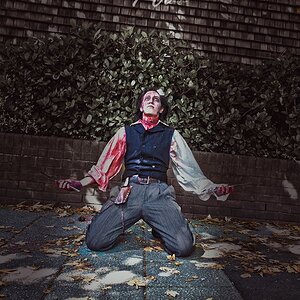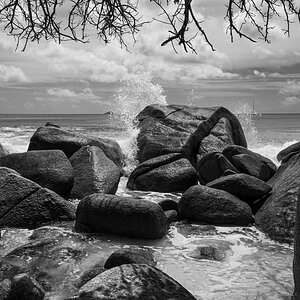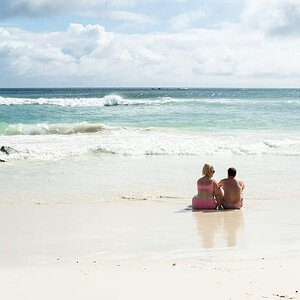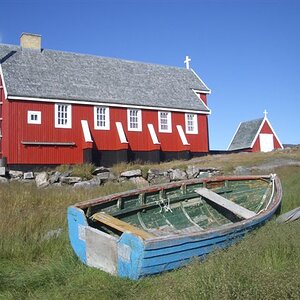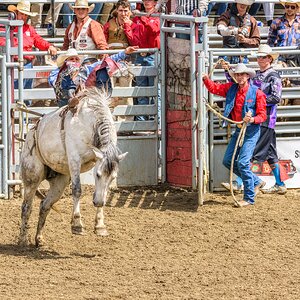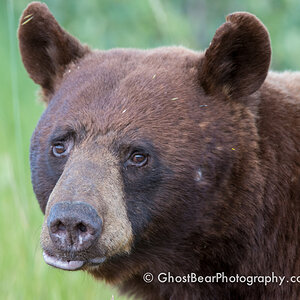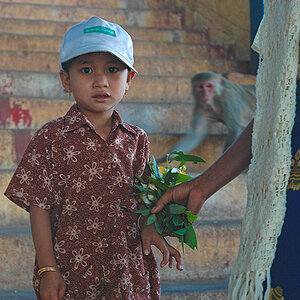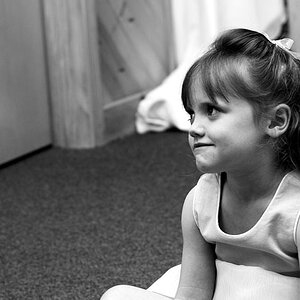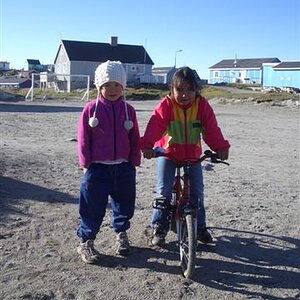Designer
Been spending a lot of time on here!
- Joined
- Apr 13, 2012
- Messages
- 18,505
- Reaction score
- 4,853
- Location
- Iowa
- Can others edit my Photos
- Photos OK to edit
Yes, they do.I think I read some of the lenses take converters to further magnify but do wonder if this affects light into the camera. I haven't got that far yet.


